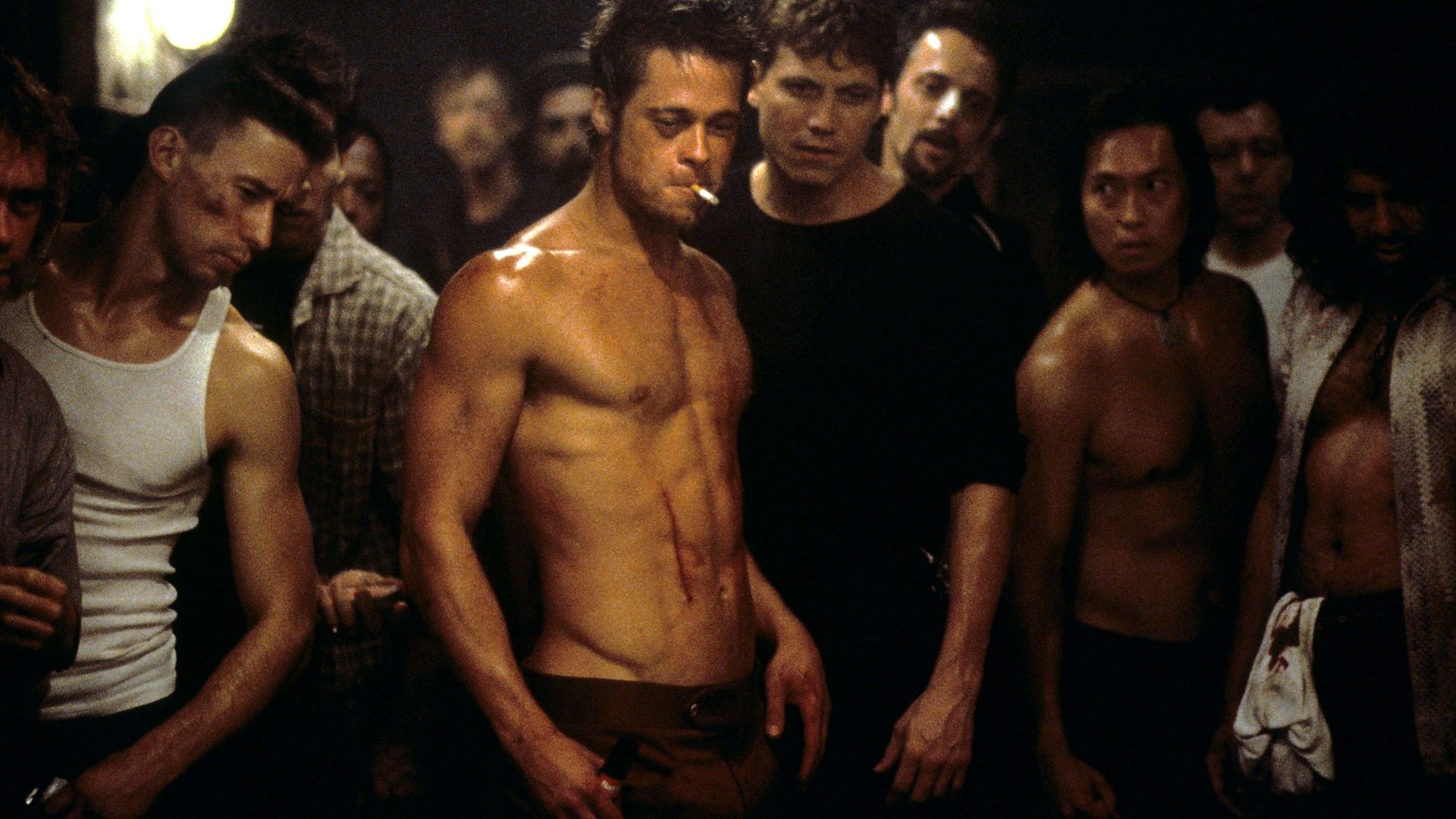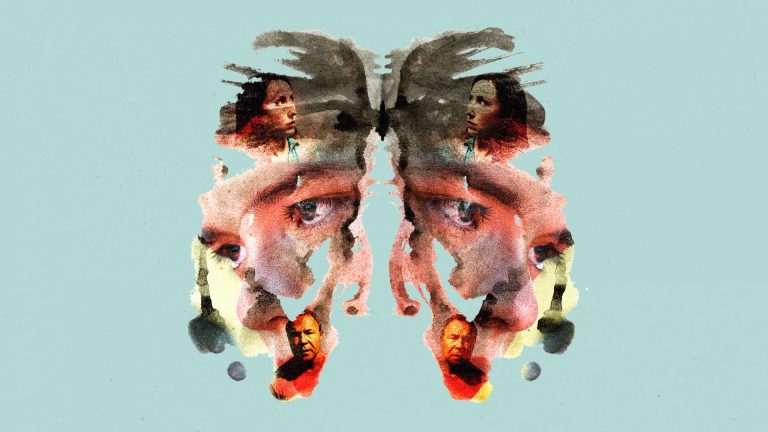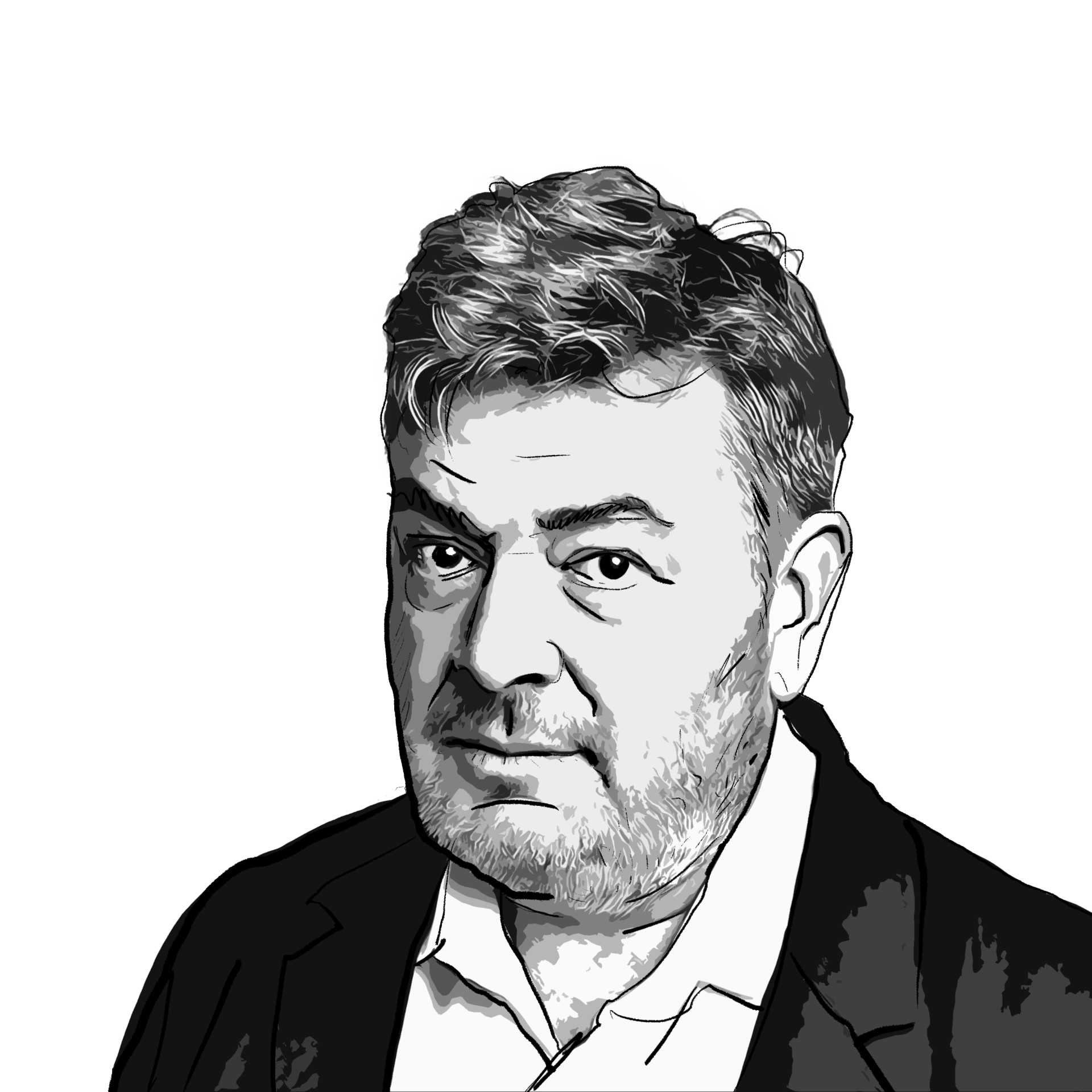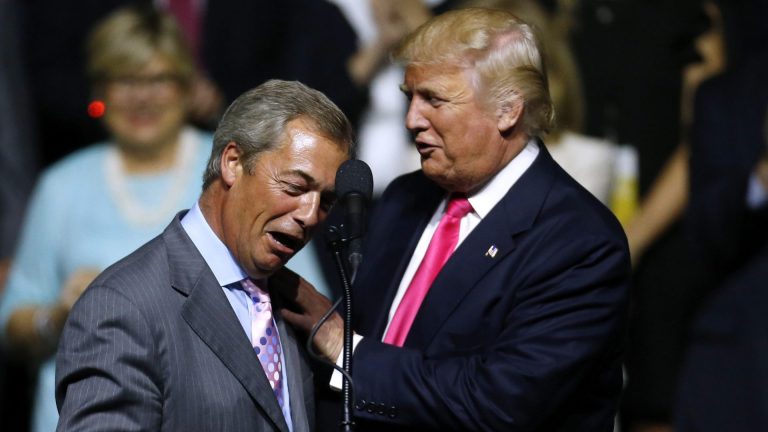
Nathan O’Hagan asks whether the film is toxic in 2020.
When it was published in 1996, Chuck Palahniuk’s novel Fight Club wasn’t a huge commercial success, despite a largely enthusiastic critical response, but it instantly developed a strong cult following, resonating particularly with disaffected young men who, up until that point, didn’t see their experience and vacillations represented well in contemporary literature.
“Bookstores were full of books like The Joy Luck Club and The Divine Secrets Of The Ya-Ya Sisterhood and How To Make An American Quilt,” the author, wrote in the notes for the 2004 edition of the novel. “These were all novels that presented a social model for women to be together. But there was no novel that presented a new social model for men to share their lives.”
In 1999, the film adaptation of Fight Club was released, since when the book and film have become truly intertwined, two parts of one whole in a way that few book/film pairs have. While arguing that any film adaptation is better than the source novel is sacrilegious in most people’s eyes, few can deny that David Fincher’s adaptation gave new life and reach to the novel. It is impossible to talk about one without the other. A strong literary cult following would not have made it the zeitgeist-defining work it is; it needed the film to do that.
As with the novel, the film was not a commercial hit upon release, and divided even the relatively small audiences that saw it, as well as critics. Fox 2000 Pictures hurriedly ended its cinema release, believing they had an expensive misfire on their hands, and wanting to sweep it under the carpet as quickly as possible.
It was only when the film was released on DVD that it began to capture people’s imagination more widely. It’s hard to imagine a major studio picture, with a budget in the region of $60m and a star of the stature of Brad Pitt, relying on word of mouth and DVD sales to become a hit, but that’s largely what happened with Fight Club. Within a couple of years of its home release, it had gone from being a moderate commercial failure, to being arguably the defining movie of the era.
Phrases from the film gradually entered the common cultural lexicon, particularly the first two of the club’s eight rules, both of which are “you do not talk about Fight Club”.
Interpretations of the themes of the work were overwhelmingly left-leaning. The idea of the destruction of the banking system, reducing everyone back to zero, in particular, struck a chord with the left and anarchists, as did the main characters breaking into a liposuction clinic to steal fat in order to make expensive soap, which they would then sell back to the same privileged women who were pursuing an unrealistic ideal foisted upon them by the same advertising standards that the men of Fight Club were now rejecting in throwing off the shackles of a post-industrial consumerist society.
Above all else, the central theme of Fight Club was read as an anti-capitalist one.
Under and behind and inside the prevailing interpretations, however, something else was growing. Just as it was hard to read or watch Fight Club in the late 1990s and not view it as vaguely left-wing, to revisit either through a 2020 lens, it’s equally hard not to come away with a very different reading.
There is a strong undercurrent of misogyny that, while it didn’t go unnoticed at the time, seems more glaring now.
Though certainly not without female fans, it was an undeniably masculine work, with only one significant female character, Marla Singer, played by Helena Bonham Carter in the film. The central conceit of men, and only men, gathering together in dingy basements to beat the s**t out of each other is a behaviour that the term ‘toxic masculinity’ could have been coined to describe.
The most irrefutable way in which Fight Club has established itself as part of right-wing culture is surely the term “snowflake”.
The immortal lines “you are not a beautiful and unique snowflake, you are the all-singing, all dancing crap of the world. You’re the same decaying organic matter as everything else” is one that clearly lent itself well to summing up the right’s view of liberals as delicate little beings whose sensibilities just can’t stomach how the world really is.
Several years on from the term’s initial adoption, it is now thrown around so often, especially on social media, where it is used to disparage anyone who dares to so much as object to use of racist or sexist language, that it has just about lost all its power as a term of derision.
Perhaps the most toxic adoption of the work, though, is by ‘incels’ – or ‘involuntary celibates’ – an online subculture who define themselves as unable to find a romantic or sexual partner despite desiring one. For this, they blame women, as well as more confident, desirable men – ‘Chads’. Incels occupy a particularly dark corner of the internet, primarily on sites like Reddit and 4Chan.
For these men, Tyler Durden – Brad Pitt’s character – seems to represent some form of ideal. He’s a confident, sexually attractive and capable alpha-male, who takes and does what he wants, regardless of societal expectations. He treats Marla with contempt, using her for sex and then rejecting her emotionally.
The incels see themselves represented in the inadequate The Narrator – played by Edward Norton – and Tyler is who they aspire to be. The fact that Durden is merely a manifestation of The Narrator’s fractured psyche, and that he is only left with any chance of hope when he ‘kills’ Durden seems largely lost on them.
As well as the incels, the alt-right also revere Durden. His attempts to reassert some form of masculinity in the face of evolving gender roles resonates with them, as does his willingness to use violence to achieve his aims. Regardless of any arguable difference in motivation, seeing America’s streets aflame with protests and armed militias, with groups like Proud Boys gaining prominence, has some echoes of Project Mayhem, the cult-like organisation created by Durden to bring down civilisation.
To these people, Durden is their boy.
It’s probably worth wondering where the author himself stands on this. Is Palahniuk left wing, right, or neither? He has generally been non-committal in interviews since Trump’s election to the presidency.
He has stated that he simply doesn’t recognise the idea of toxic masculinity, while the coining of the term ‘snowflake’ is something he takes credit for and an apparent pride in (although the use of the word as a derogatory term in American politics dates back as far as abolition) suggesting that liberals are indeed too easily offended, especially young liberals.
This certainly isn’t enough to define someone as being right-wing necessarily, and it’s hard to argue against the idea that some are too ready to take offence. Palahniuk has made it clear that he believes the problem is with the left, and not the right, so his view of modern liberals at least chimes with those of the people who have taken his novel onboard as their own sacred text.
But, while it’s worth asking where the author himself stands, it’s also worth asking, does it really matter? When groups attach their own meaning to a work, the intentions of the artist become almost irrelevant. And even if Palahniuk’s intentions were in any way left wing, one suspects the alt-right would take a perverse pleasure in having taken his work as their own.
Fight Club now occupies a strange space as a sort of hipster 1984. Orwell’s classic is another that is fought over by the left and the right, each claiming it as their own. Like 1984, Fight Club will continue to be argued over by all sides of the political spectrum and, regardless of the author’s affiliations or intentions, looks set to remain a central text in the modern culture war.










